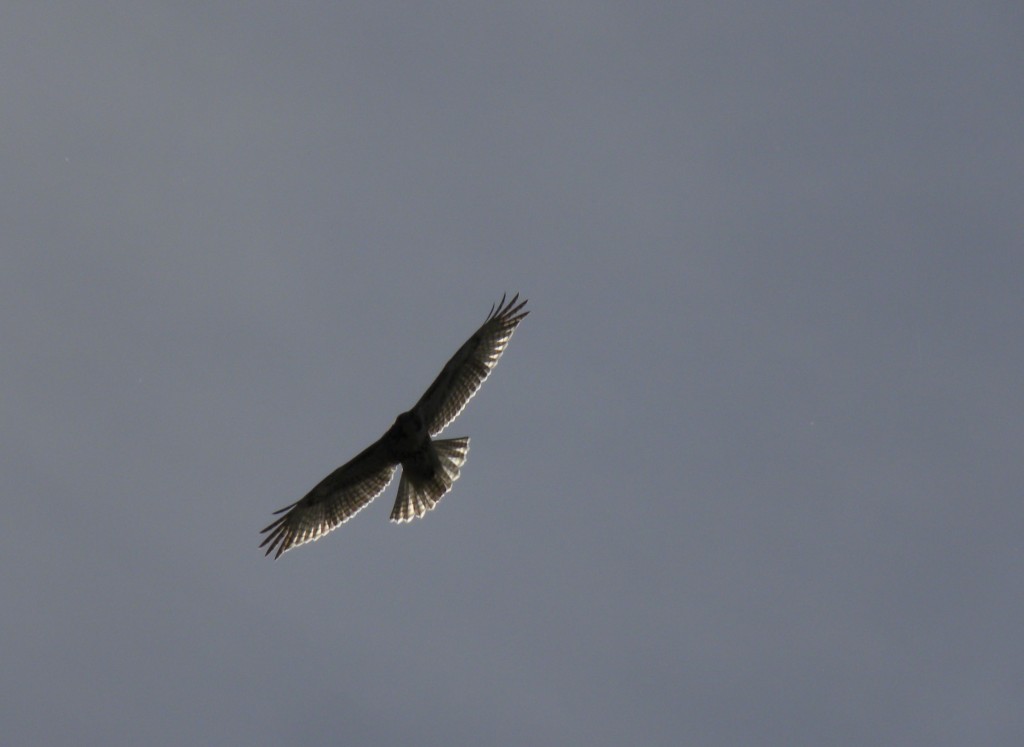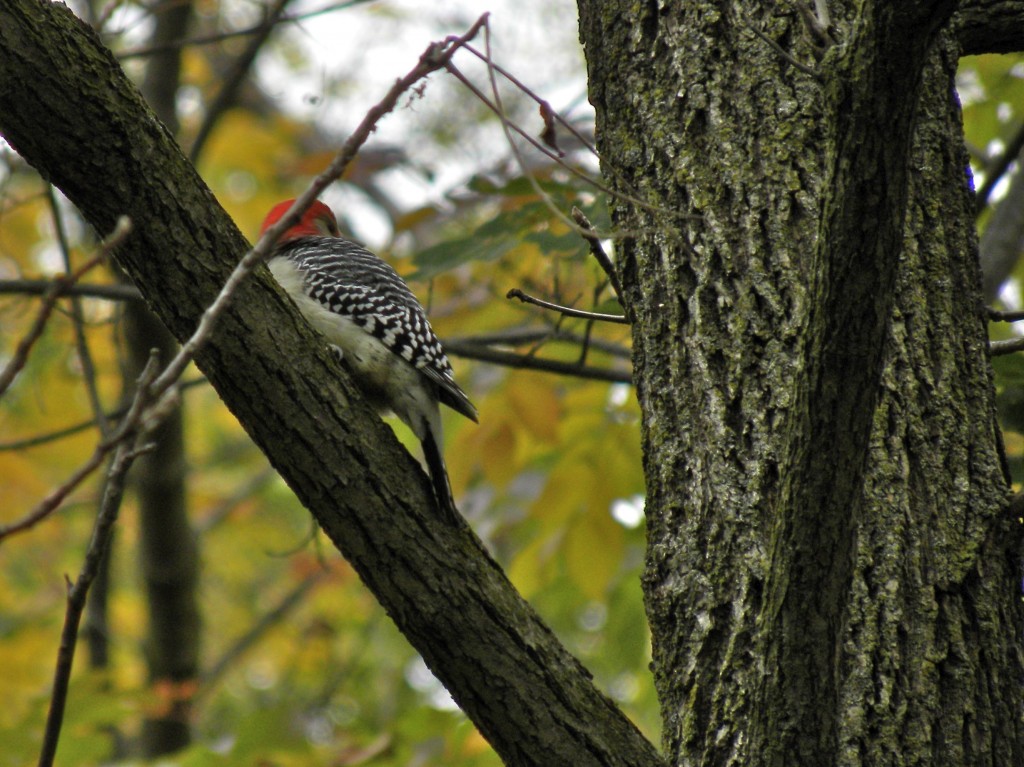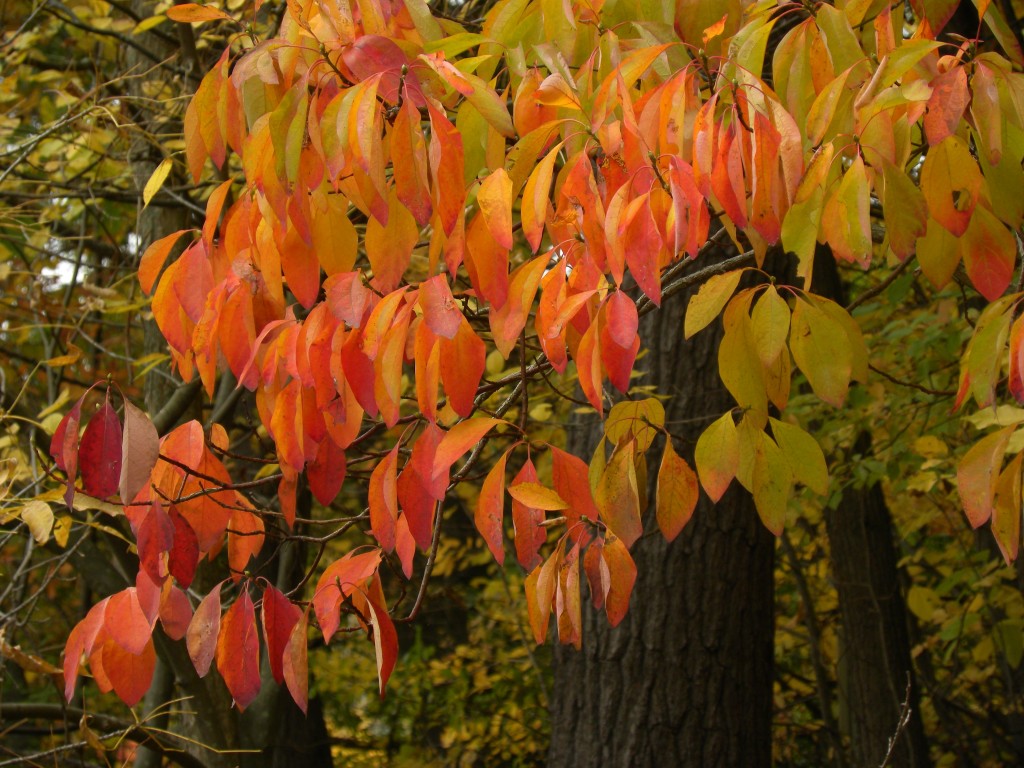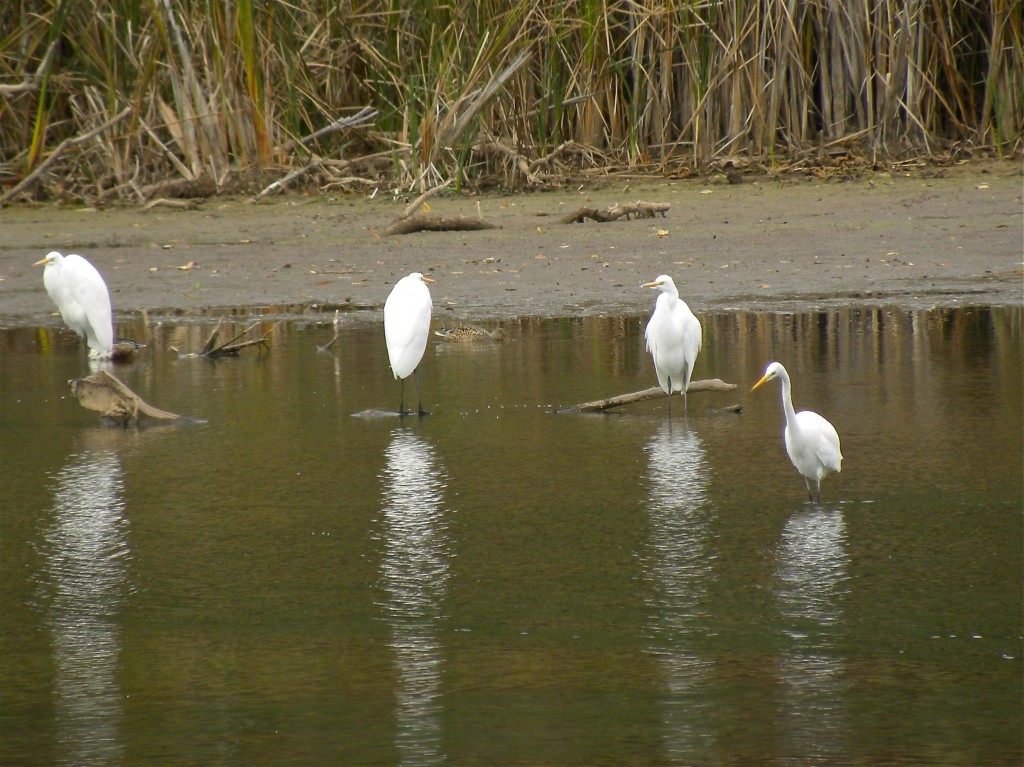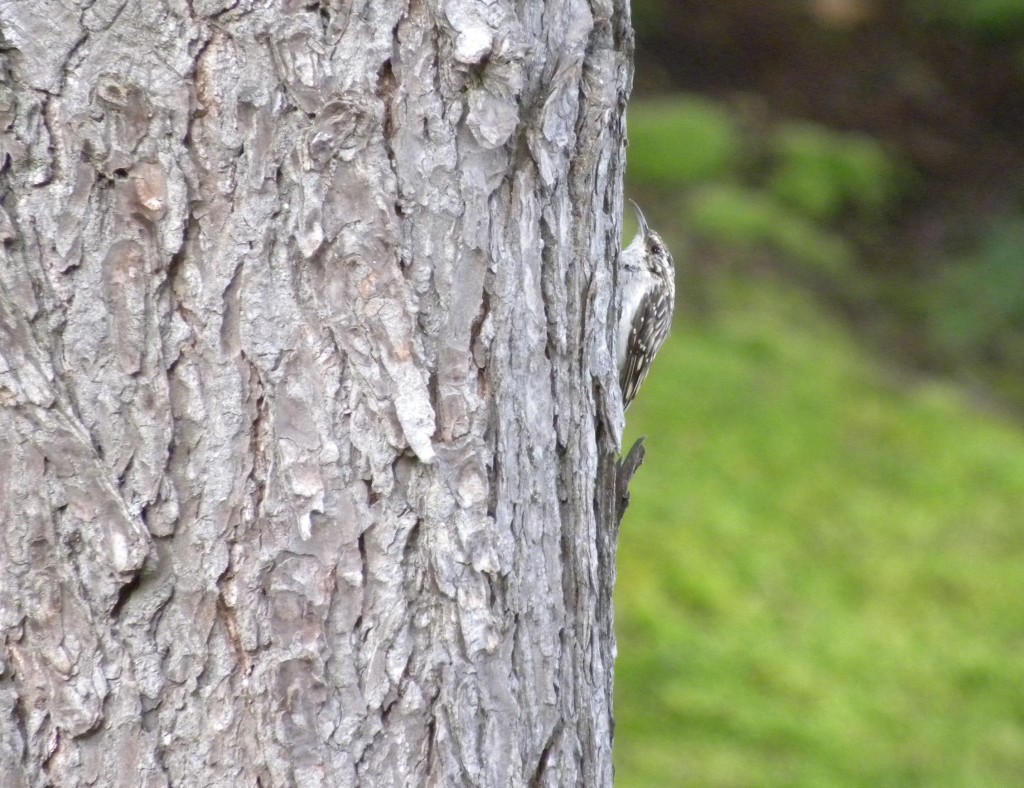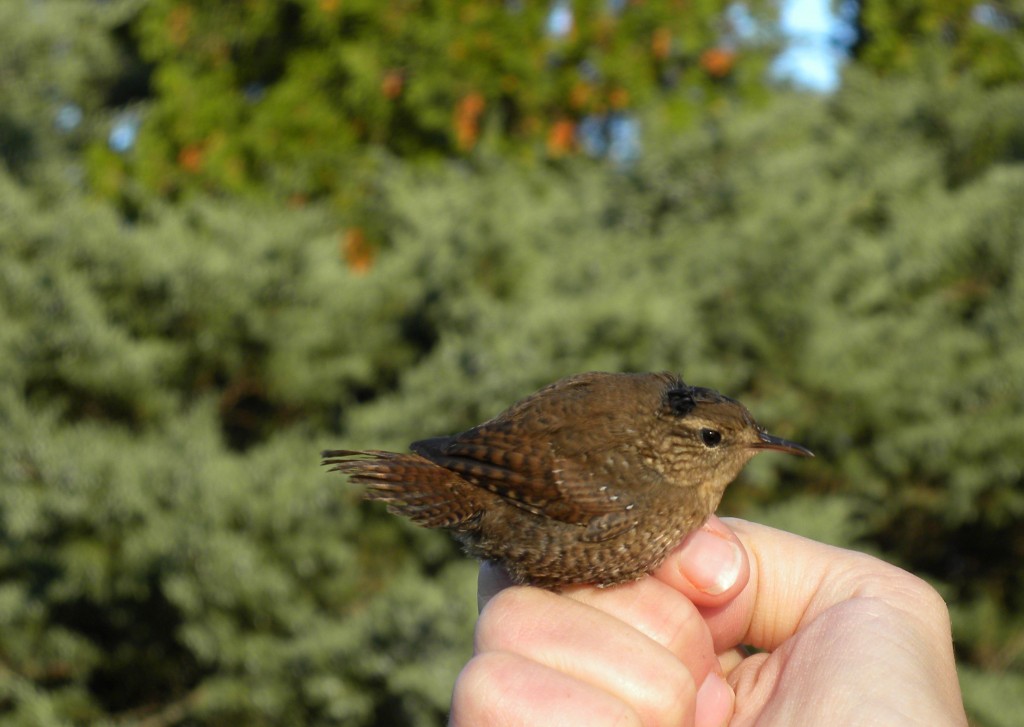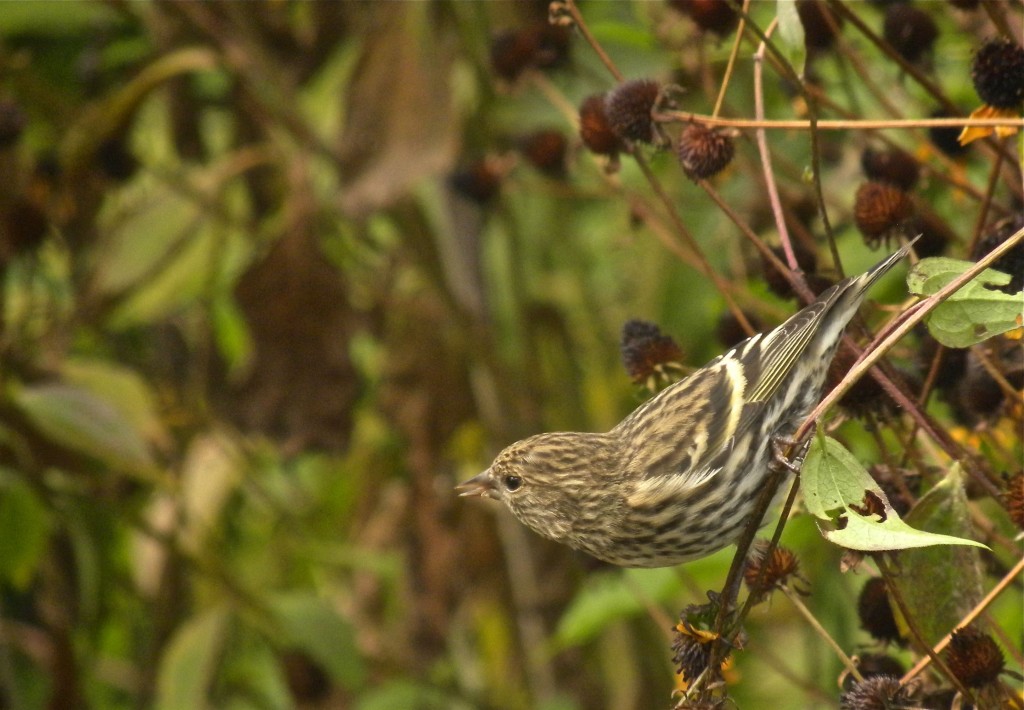October 19 2012. Ruthven Park Cayuga ON. A nearly-wow moment came today at the bird observatory when I caught a glimpse of a Yellow-bellied Sapsucker. Memorable because I don’t see them very often, they tend to be rather quiet loners (unlike flickers), they breed somewhat north and west of here and most of them (but certainly not all) pass through over a brief three week period in April and again later over two weeks at the end of September and early October. They are the Cinderella among our woodpeckers, a bit on the dowdy side and apparently they don’t get invited to parties.

There were other more-or-less wow moments too: flocks of Eastern Bluebirds flying around aimlessly and calling quietly; A couple of Eastern Phoebes, one of them on my census round; An Osprey sitting quietly watching over the river looking contented and presumably well fed; Several Purple Finches and maybe best of all, a midday flight of Red-tailed Hawks. This one was photographed silhouetted against the sun as it circled and cast its shadow on us.
